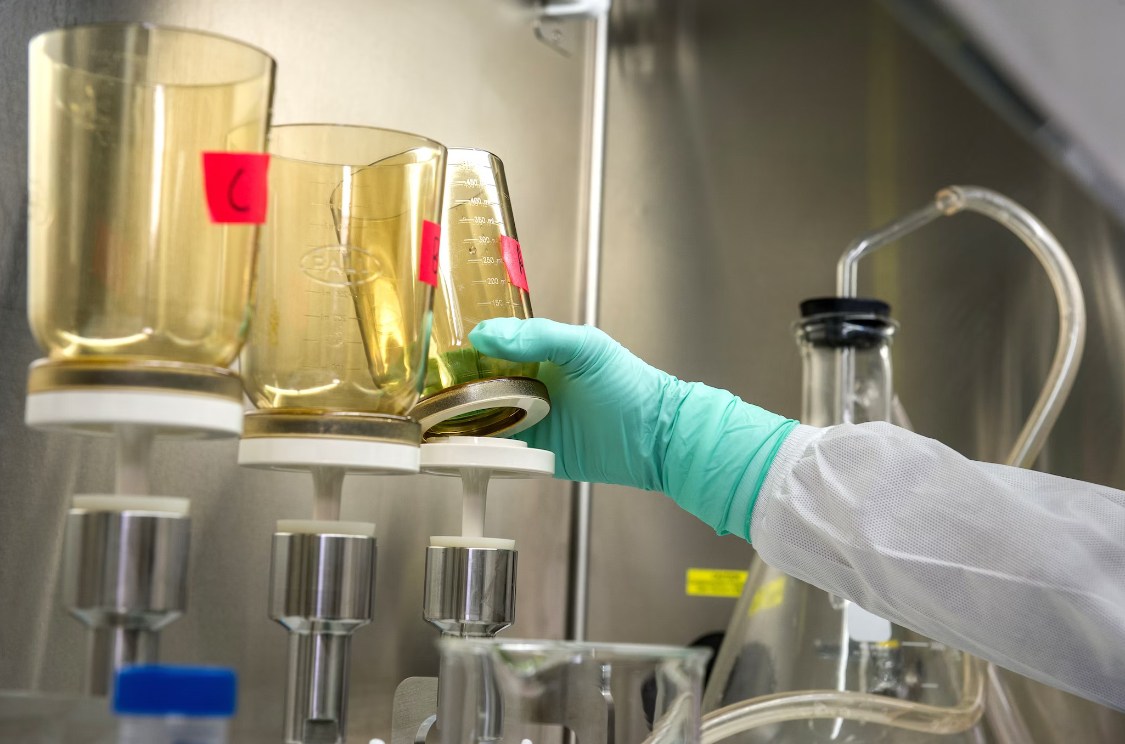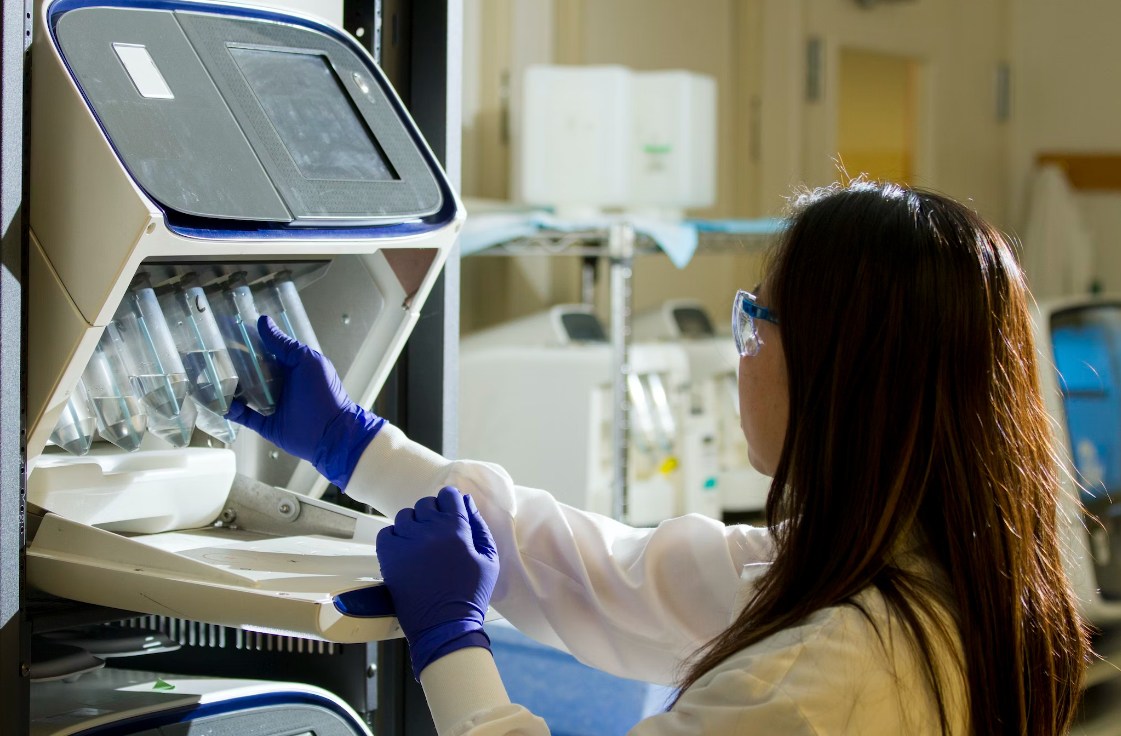What Are You Looking For?
Selection and requirements of defoamers
Feb 28, 2025The selection and requirements of defoamers involve many aspects. The following is a detailed analysis:

1. Selection of defoamers
Select according to the foam system:
Different types of foam systems (such as aqueous phase or non-aqueous phase) require different types of defoamers. For example, silicone defoamers are suitable for different types of foam systems such as non-ionic, anionic, and cationic, and can play an excellent defoaming effect in both non-aqueous and aqueous phase systems.
Select according to the treatment process:
Different water treatment processes have different requirements for defoamers. For example, in biological water treatment, it is necessary to select defoamers that are harmless to microorganisms; in oil extraction and processing, it is necessary to select defoamers that can withstand high temperature, high pressure and strong corrosion.
Select according to cost-effectiveness:
The cost of the defoamer is also one of the factors that need to be considered when selecting. Under the premise of ensuring the defoaming effect, a defoamer with high cost performance should be selected.
Select according to environmental protection requirements:
With the increasingly stringent environmental protection regulations, it has become a trend to choose low-toxic, harmless, and biodegradable defoamers.

2. Requirements for defoamers
Strong defoaming ability:
Defoamers should be able to effectively eliminate foam when used in very small amounts, which is an important indicator for measuring the performance of defoamers.
Low surface tension:
Defoamers should have lower surface tension than the defoamed system so that they can better adsorb on the foam surface and reduce its stability.
Good chemical stability:
Defoamers should have good chemical stability, not react with the defoamed medium, and not be decomposed and degraded by it.
Good heat resistance:
Defoamers should be able to maintain their defoaming properties at high temperatures without losing their effectiveness.
Good diffusivity and permeability:
Defoamers should have good diffusivity and permeability so that they can spread quickly in the foam medium and play a role.
Good gas solubility and permeability:
Defoamers should have good gas solubility and permeability so that gases are not easy to gather and disappear from the foam.
High safety:
The defoamer itself is preferably non-toxic or at least a low-toxic substance to ensure that it will not cause harm to the human body and the environment during the treatment process.
Good storage stability:
The defoamer should have good storage stability so that it can maintain good defoaming performance after long-term storage.
Long-term defoaming effect:
The defoamer should have a long-term defoaming effect to avoid failure in a short time.
No increase in the surface viscosity of the surfactant aqueous solution:
The addition of the defoamer should not increase the surface viscosity of the surfactant aqueous solution, so as not to affect the treatment effect.